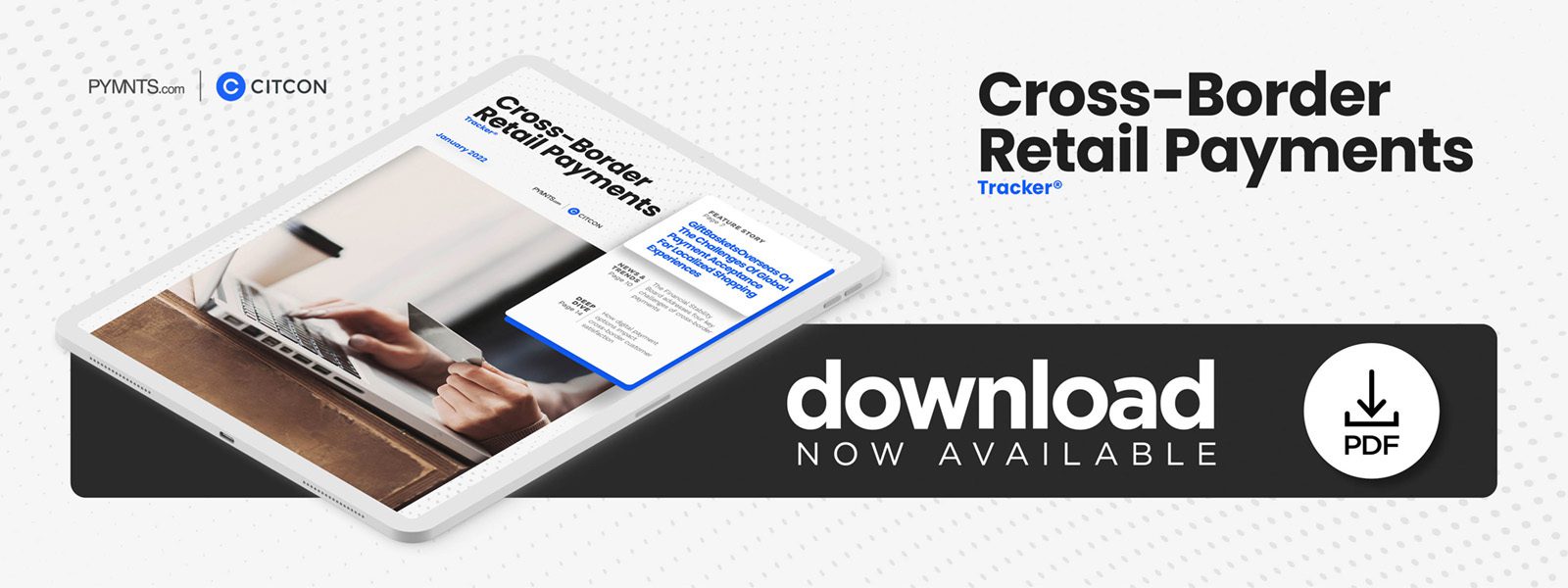GiftBasketsOverseas on the Challenges of Global Payment Acceptance for Localized Shopping Experiences

Many consumers still aren’t traveling internationally, but they’re still browsing global merchants for unique gifts. In the Cross-Border Retail Payments Tracker, GiftBasketsOverseas CEO Dmitriy Peregudov gives a firsthand account of the importance of offering localized payment options that go beyond credit cards when serving customers worldwide.
The pandemic has accelerated many retailers’ moves to online and mobile platforms, encouraging them to become global marketplaces. For established cross-border eCommerce businesses such as GiftBasketsOverseas, initial international travel restrictions led to a boom in new activity, both locally and abroad.
“Within three months after the pandemic hit, we had a very serious uptick in demand,” said Dmitriy Peregudov, CEO of GiftBasketsOverseas and Giftsenda. “We believe it had to do with reduced travel. With less travel, less people are meeting each other and there’s a higher need for human connection. So, people send gifts to one another and they connect over the long distance.”
GiftBasketsOverseas’ customers and corporate clients can order gift baskets for all occasions and ship to international locations. The company also has several multilingual eCommerce sites across the globe. Giftsenda is a Software-as-a-Service (SaaS) platform that enables corporations to upload a list of recipients worldwide and send gifts in bulk with a click.
In a recent interview, Peregudov spoke to PYMNTS about how GiftBasketsOverseas has addressed the challenges of building a global eCommerce business, the need to accept multiple local payment options and how best to meet consumers’ expectations for a localized shopping experience when they are ordering from around the globe.
The Challenges of Building and Supporting a Global eCommerce Business
GiftBasketsOverseas serves consumers around the world, including North America, Europe, Asia, Latin America and the Pacific Rim. Customers tend to use their mobile devices to research the company, according to Peregudov.
“For purchasing, 30% to 40% of the orders are placed on a mobile device, with the rest on tablets and computers,” he said. “International customers are ordering to multiple locations, which [is] easier to do on a computer. And, of course, corporations for security reasons [order via computer] as well. Consumers tend to favor mobile devices.”
Supporting a full range of international payment options is central to GiftBasketsOverseas’ cross-border success. International methods such as credit cards are popular, yet other payment options are favored in particular regions where credit cards perhaps are less popular or less accessible to some consumers, Peregudov said.
“We service the world, so we need to make sure that in all of the key countries where we do business, we have a local payment method available,” he said. “We offer the main methods — such as PayPal — integrated directly, but for secondary methods, we have an integration provider that allows us to access multiple methods local to those countries.
“And in the last couple of years, we’ve started seeing customers actually paying with cryptocurrencies. We accept [cryptocurrency] as one of the methods through one of our payment integration partners.”
Offering local payment options is one strategy the company employs to meet the needs and expectations of its global customer base. Localizing currency is key to success, but Peregudov said that doing so is not without challenges — so the company tapped a custom solution.
“We actually have our own custom-built cart with local currency availability,” he said. “We support multiple currencies and generally display currency based on a customer’s country. And if a person is traveling and not actually from a country, they can switch the currency on the site.”
Facing the Challenge of Local Language Translation
For a satisfying customer experience, global commerce sites should support not only a variety of local payment options, but also numerous language options. Peregudov said that GiftBasketsOverseas currently supports six languages: English, French, German, Portuguese, Russian and Spanish. The company chose to manually translate all of its websites with professional translators.
“Because in a lot of our key markets, English isn’t the main language, we like to make sure that we are available in the local language,” he said. “In the beginning, we were playing a bit with translation tools, but those tools were not providing a real native experience, so we bit the bullet and invested in a proper professional translation. Now, we have several websites in each particular language, with our brand translated as well. So, there’s a different website name for each language.”
GiftBasketsOverseas does not eschew technology when addressing cart abandonment, as it leverages automated methods to communicate with the customer, according to Peregudov. Customers who do not complete an order are emailed a link so they can return and complete the order later. Minimizing payment frictions in this way also has helped reduce cart abandonment.
“If someone’s card is failing or they do not have a card, they have [finishing later] as an option,” he said. “Locally, we also have a special button that allows customers to place an order without paying, and … we bill them with a custom link so later they can go back when their card is working and they can complete the payment.”
Lessening cross-border payment frictions and meeting consumer expectations for a streamlined and localized shopping experience is what GiftBasketsOverseas aims to achieve on a global scale. Familiarity is crucial to make consumers feel safe and welcome, Peregudov said.
“It’s all about convenience, making sure that the consumer has familiarity with a process on their end,” he said. “When you are an international business, you want to look local, and it’s not easy when you’re global. You have to look local everywhere and it’s very challenging.
“You have to make sure your order form doesn’t look too foreign in terms of language, currency and payment methods. Logos must look familiar so when consumers see that logo, they know they can pay. You want to show that your site is welcoming right up front.”
